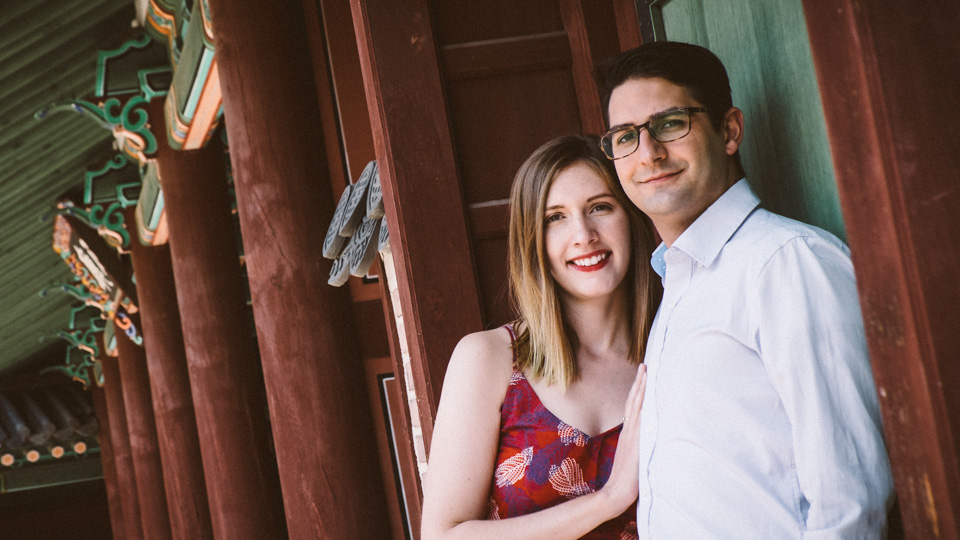You’re a photographer on Facebook, so you’re aware of the platform’s tenuous relationship with image quality. To wit, you put steak in the grinder and it comes out hamburger; Facebook only serves hamburgers. So, how do we make a better burger?
This happens because (Images == Bandwidith) && (Bandwidth == Overhead), so Facebook wants to reduce its overhead by compressing your images.
I recently shot engagement photos for some friends, pictured above. As I worked through the images, I trickled them into a private Backlight gallery, and provided them access to the gallery to keep up with my progress. They downloaded images from that gallery (which I told them they could do ahead of my delivering the job in full), and naturally posted their favorites to Facebook, because 2016. And as you would expect, Facebook served hamburgers.
Once more unto the breach, dear friends, once more. I’ve fought this fight before, and I come back to it now and again to see whether it’s gotten any easier to roll with the punches.
Facebook offers the barest minimum advice how to ensure that images display at highest quality.
- Resize your photos to one of the following supported sizes: 720px, 960px, 2048px (width).
- This is helpful, I guess.
- Keep files under 100K.
- In my tests, this matters not a jot; Facebook will still compress your images as much as it can.
- Upload JPEGs in the sRGB color space.
- Well, duh.
A lot has been written about how to improve your lot with Facebook, much of it idiocy or misinformation. I’ll point you to two definitive articles on image quality and the Web, only one of which is mine. Many photographers will tell you the importance of exporting at a resolution of 72 ppi, but I’ll tell you it’s absolutely not important. You should also understand how Lightroom’s Quality slider works, so read Jeffrey Friedl’s superb Analysis of Lightroom JPEG Export Quality Settings.
Taking all of this under advisement and after some experimentation, these are the export settings I’ve come up with for my own use, and I will be delivering a folder of Facebook-ready images to my friends along with their full-size images.
- Image Format
- JPEG
- Quality
- 80
- Color Space
- sRGB
- Resize to Fit
- Long Edge
- 960 pixels
- Don’t Enlarge
- Output Sharpening
- Disabled
For the next Backlight update, I am also reducing the default Photo Width and Photo Height settings from 1024 to 960 pixels to better correspond with Facebook’s suggestions, it being the world’s most popular social network. Of course you can adjust this value as you like, and my changing defaults should have no impact on existing templates.
While I hate kowtowing to Facebook’s whimsy as if it were the de facto standard, I will probably use 960 pixels in my web galleries going forward. As I said, this began with an engagement shoot for my friends. Like myself, they are Americans living in Seoul. Because of geography and the world we live in, the vast majority of their friends and family are going to be seeing these images on Facebook and probably in no other place. As friend and photographer, I owe it to them to ensure these images look their best in the venue where they are most going to be seen.
